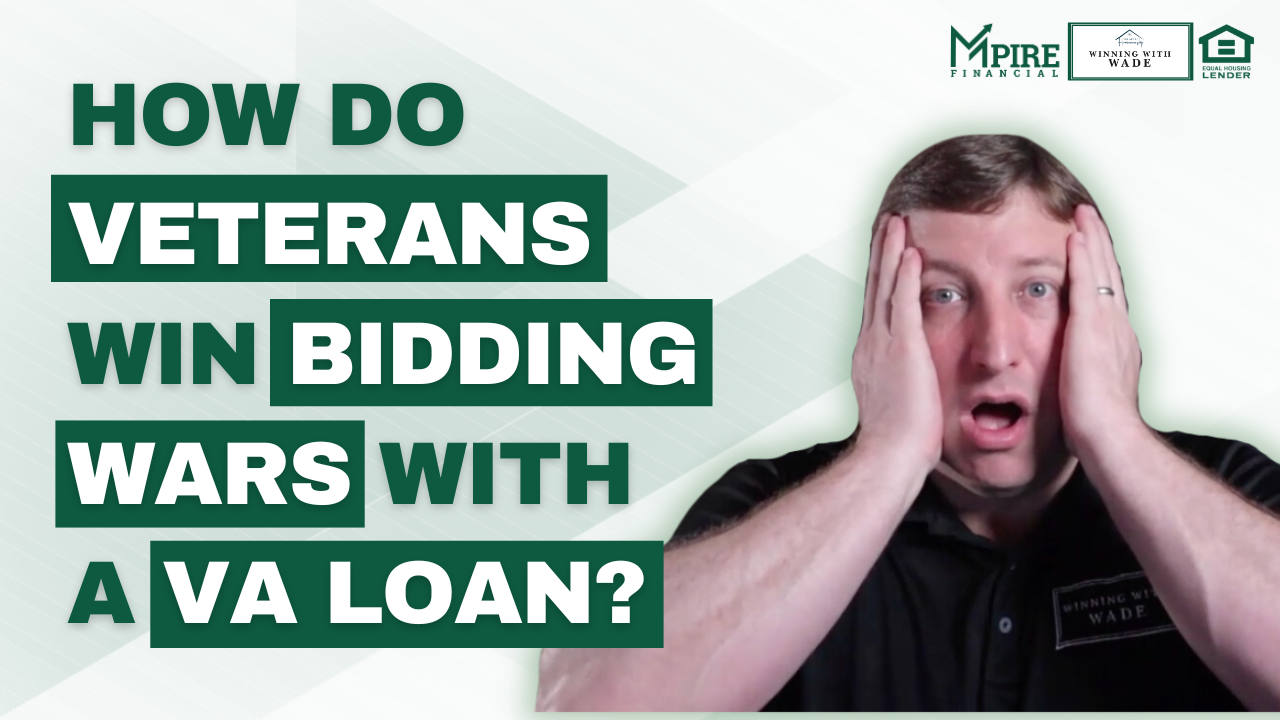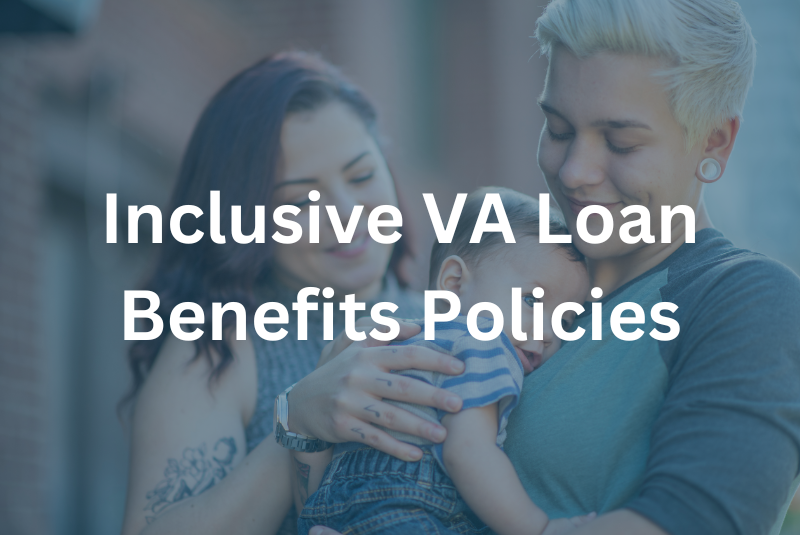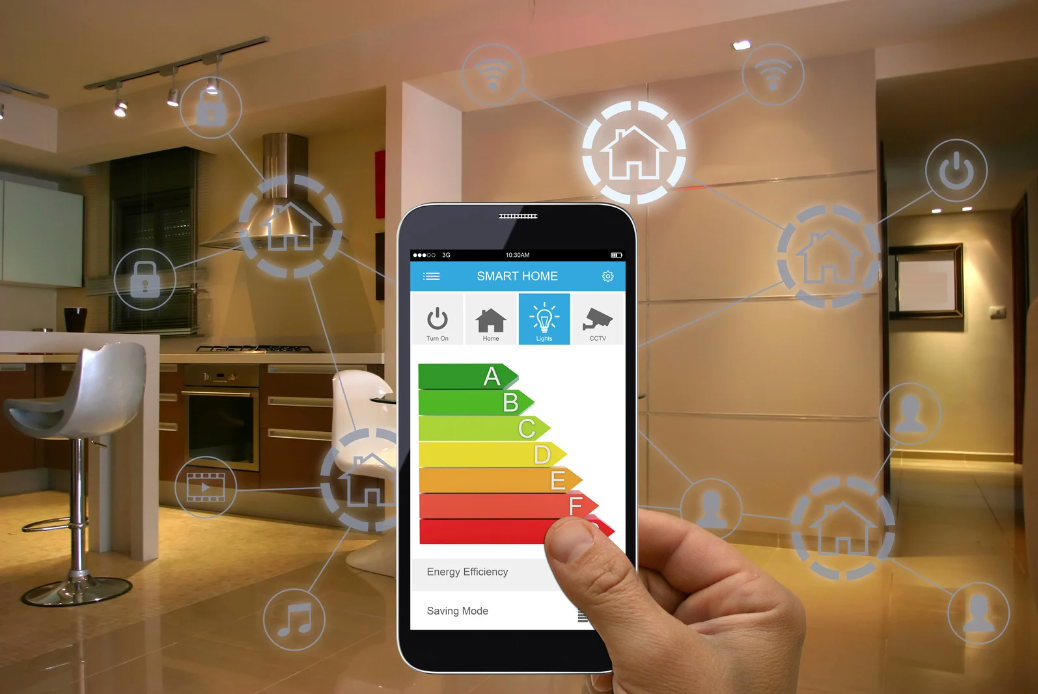Veterans can experience a challenging housing market in much more frustrating ways than other buyers.…
VA Minimum Property Requirements: A Comprehensive Guide
VA Minimum Property Requirements (MPRs) are crucial to understand to ensure that the property meets the necessary safety, structural soundness, and usability criteria if you are a Veteran in the market to buy a home today.
General Safety and Soundness of the Property
The home must be free of any hazards that could affect the health and safety of the occupants. This includes structural soundness to ensure the property can be enjoyed without major impairments. Here are some key points to check:
- Tripping Hazards: Severe tripping hazards, such as major buckling of concrete, must be remedied.
- Handrails: Stairs with three or more risers need handrails for safety to prevent accidents.
Mixed-Use Property Requirements
Did you know a property with up to 25% of non-residential use can still qualify for a VA loan? This is great news for those looking at mixed-use properties. However, the primary use must still be residential.
Mechanical Systems Requirements
Mechanical systems must be adequate, safe, and protected from the elements:
- Heating System: Every home must have a conventional heating system to maintain a temperature of at least 50° in areas with plumbing. If there’s a wood stove, it can’t be the only heat source.
- Solar Systems: If your property uses solar systems for water and space heating, ensure there’s a reliable backup system for necessary utilities.
VA Minimum Guidelines for Roof and Roofing
Roofs are a critical aspect of any property:
- Roof Life: The roof must have at least 2 years remaining life and no more than three layers of shingles to protect the home from weather conditions and avoid immediate replacement.
Crawl Spaces and Attics Requirements
Crawl spaces must have adequate access, be clear of debris, and properly vented. This ensures:
- Access to Ductwork and Plumbing: Essential for maintenance.
- Dampness and Water Ponding: Must be corrected to prevent mold and structural issues.
- Ventilation: Natural ventilation in attics and crawl spaces prevents moisture buildup and related problems.
Multi-Unit Property Requirements
For those in multi-unit buildings, laundry and storage spaces can be shared if there are only two to four units, providing a cost-effective feature while still meeting VA standards.
Rear Access and Streets
Proper access is key for usability and safety:
- Rear Access: This can be through an alley, easement, or passage through the dwelling.
- Private Streets: Need a permanent easement and must be maintained by an HOA or maintenance agreements, with all streets having an all-weather surface.
VA Property Utilities and Living Units Requirements
Each living unit must have its own access, and utilities should not pass over, under, or through another unit unless there’s a legal and permanent access for maintenance and repair. This helps prevent disputes and ensures everyone has what they need.
Maintenance and Termite Inspection
There must be enough space between buildings to allow for the maintenance of exterior walls. A termite inspection is also required:
- Termite Inspection: If treatment is deemed necessary, it must be done to protect the property from potential damage.
Lot Drainage and Exterior Protection
Lot drainage is essential to prevent water damage:
- Proper Grading: Ensures water drains away from the dwelling.
- Exterior Wood: Must be protected from the elements, including fixing chipped or peeling paint. For homes built before 1978, all defective paint surfaces must be remedied to prevent lead exposure.
Safety Proximity Requirements
Properties cannot be located within a high-pressure gas or petroleum easement if they’re within 220 yards, and special certifications are required. Similarly, properties must not be within a high voltage electric line easement.
Water and Sewer Systems
Connection to public water and sewer systems is required if maintained by local authorities. For private water systems, testing is necessary to ensure safety:
- Water Treatment Systems: Allowed only if public water isn’t available and the water supply is uncontaminated.
- Shared Wells: Must be adequate and have maintenance agreements in place.
Conclusion
These are just some of the key points to consider when looking at a property for VA financing. By ensuring these minimum property standards are met, we can make the home buying process smoother and safer for our veterans.
Thank you for reading! If you found this guide helpful, don’t forget to share it with others. Also, make sure to download our free VA Property Standards checklist. It’ll help ensure your property meets all the requirements before you list it.
If you have any questions, leave them in the comments below or contact us directly – we’re happy to help!
FAQs about VA Minimum Property Requirements
1. What are VA Minimum Property Requirements (MPRs)?
Answer: VA Minimum Property Requirements are standards set by the Department of Veterans Affairs to ensure that homes financed with VA loans are safe, structurally sound, and suitable for living. These requirements cover various aspects of the property, including safety hazards, structural integrity, mechanical systems, and overall usability.
2. Can a mixed-use property qualify for a VA loan?
Answer: Yes, a property with up to 25% of non-residential use can qualify for a VA loan, provided that the primary use of the property remains residential. This is beneficial for buyers considering mixed-use properties.
3. What heating requirements must a home meet for VA financing?
Answer: A home must have a conventional heating system capable of maintaining a temperature of at least 50°F in areas with plumbing. While a wood stove can be present, it cannot be the sole source of heat. If the property uses solar systems for heating, a reliable backup system must be in place.
4. Are termite inspections mandatory for properties financed with a VA loan?
Answer: Yes, a termite inspection is required for properties financed with a VA loan. If termite treatment is deemed necessary, it must be carried out to protect the property from potential damage and ensure long-term safety.
5. What are the requirements for water and sewer systems in VA-financed properties?
Answer: Properties must be connected to public water and sewer systems if they are maintained by local authorities. For private water systems, testing is necessary to ensure safety. Water treatment systems are allowed only if public water isn’t available, and the water supply must be uncontaminated. Shared wells must be adequate and have maintenance agreements in place.




